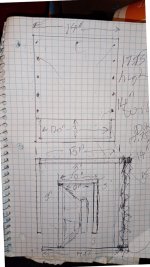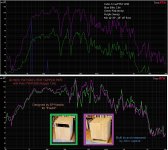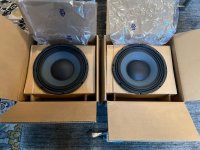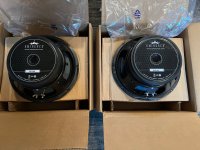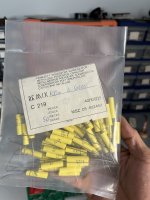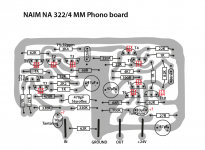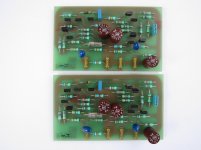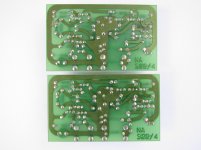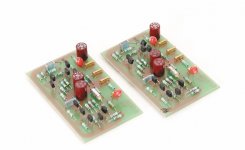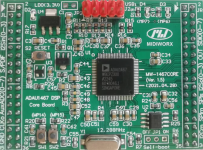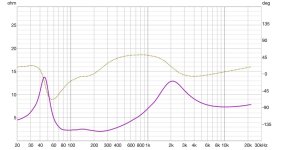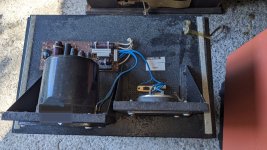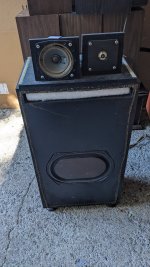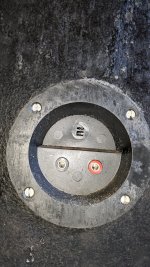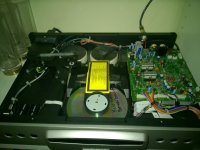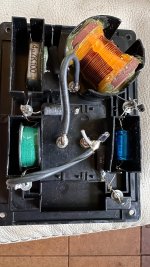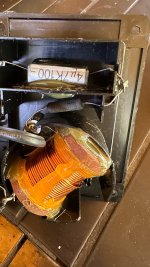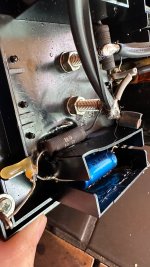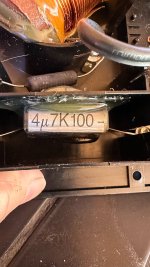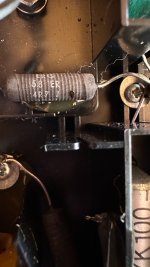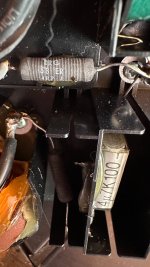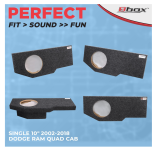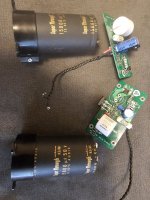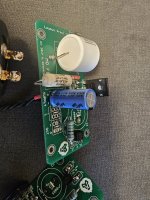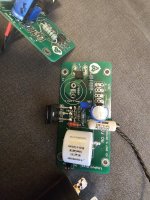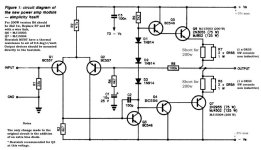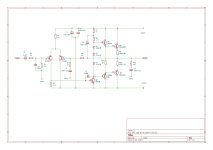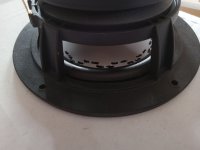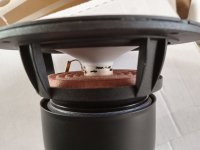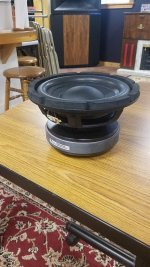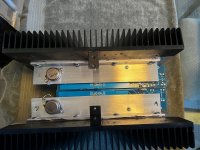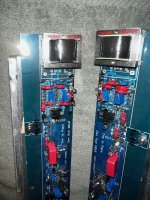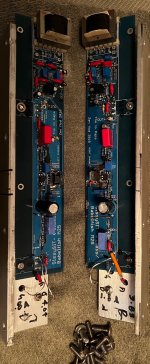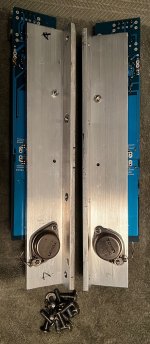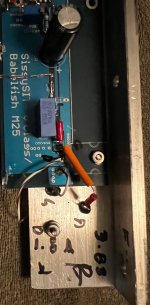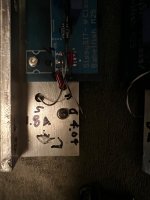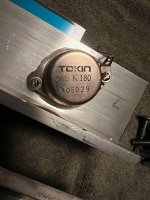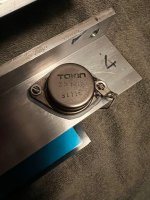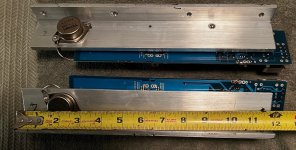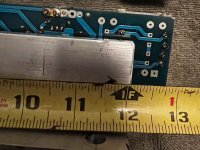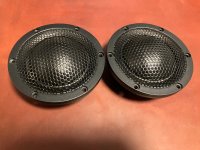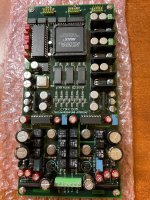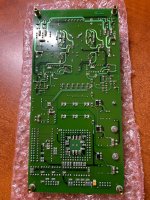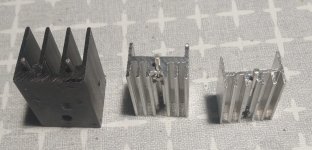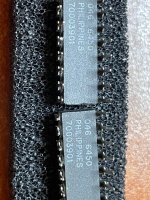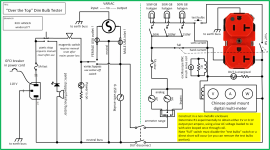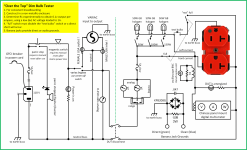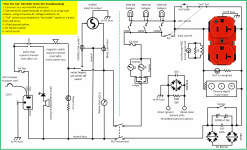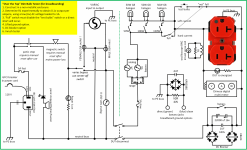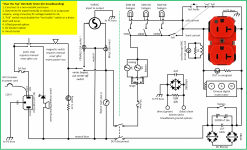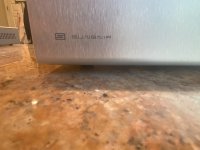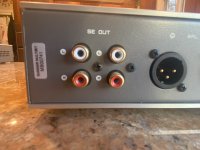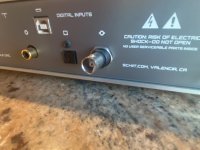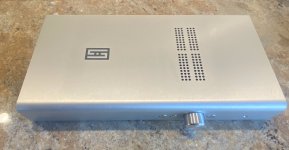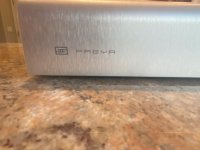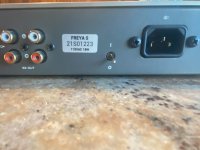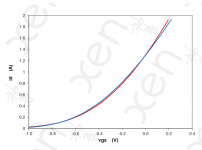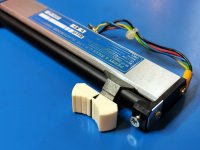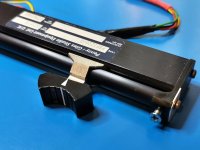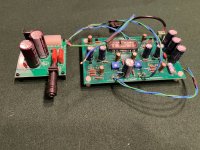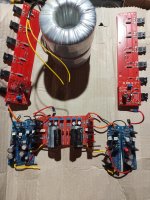2.5 speaker. Separate or single chamber for woofers?
Hi,
I am modeling with VituixCAD some 2.5 speaker. I do have couple of woofer measurements at hand, but the simulation shows that the low end of bassreflex box will be exactly the same if I put 2 woofers lets say in 10L box tuned to 60Hz or separate them into 2 x 5L chambers tuned to 60Hz. The only difference is 2 vents are mandatory then.
Somehow my guts feel that separate chambers will have better isolation of lower woofer diaphragm from mid freq inner bounces of upper woofer and lower overall acoustic crosstalk between them. But on the other side somehow have a feeling that bigger single box has some advantages... But cannot name them. 😀 Maybe none?
So, what would be your choice in every choice?
1. Two separate chambers or single?
2. In case of single chamber and single vent - the best position is probably in the same distance to each woofer? Does it matter?
3. In case of 2 chambers or single chamber with two vents - do they need to be tuned a little different not to have the same resonance?
4. In case of 2 vents - do they need to be in identical position to their relative woofer? If the distance of the vent exit from woofer cone is 5-10cm different between each woofer-vent pair - it can be measured, but can it be heard with ears?
Opinions and facts are welcome. Thank you!
I am modeling with VituixCAD some 2.5 speaker. I do have couple of woofer measurements at hand, but the simulation shows that the low end of bassreflex box will be exactly the same if I put 2 woofers lets say in 10L box tuned to 60Hz or separate them into 2 x 5L chambers tuned to 60Hz. The only difference is 2 vents are mandatory then.
Somehow my guts feel that separate chambers will have better isolation of lower woofer diaphragm from mid freq inner bounces of upper woofer and lower overall acoustic crosstalk between them. But on the other side somehow have a feeling that bigger single box has some advantages... But cannot name them. 😀 Maybe none?
So, what would be your choice in every choice?
1. Two separate chambers or single?
2. In case of single chamber and single vent - the best position is probably in the same distance to each woofer? Does it matter?
3. In case of 2 chambers or single chamber with two vents - do they need to be tuned a little different not to have the same resonance?
4. In case of 2 vents - do they need to be in identical position to their relative woofer? If the distance of the vent exit from woofer cone is 5-10cm different between each woofer-vent pair - it can be measured, but can it be heard with ears?
Opinions and facts are welcome. Thank you!
